In the harshest winter conditions, when temperatures plummet below freezing, most cold-blooded animals face a lethal challenge. For reptiles like snakes, which rely on external heat sources to regulate their body temperature, the winter months typically mean seeking shelter or migrating to warmer regions. However, nature has equipped certain snake species with remarkable adaptations that allow them to survive being frozen—at least partially—and then thaw out when spring arrives. These cold-hardy serpents have developed physiological mechanisms that prevent the formation of ice crystals within their cells, effectively allowing them to enter a state of suspended animation during freezing temperatures. This extraordinary ability represents one of the most fascinating examples of evolutionary adaptation in the reptile world.
The Common Garter Snake (Thamnophis sirtalis)

The common garter snake is perhaps the most well-documented freeze-tolerant snake species in North America. These slender, striped serpents can survive having up to 40% of their body water frozen during winter hibernation. When temperatures drop, they produce glycerol and glucose in their blood that act as natural antifreeze compounds, preventing ice crystals from forming within their cells. During this frozen state, their heart rate drops dramatically, and they can survive with minimal oxygen for extended periods. What makes garter snakes particularly remarkable is their ability to consistently endure this freezing cycle year after year, with some individuals surviving multiple freeze-thaw events throughout their lifetime. Their widespread distribution across North America, ranging from Canada to Mexico, is a testament to this extraordinary cold-tolerance.
The Eastern Garter Snake (Thamnophis sirtalis sirtalis)

A subspecies of the common garter snake, the Eastern garter snake has demonstrated exceptional freeze tolerance, particularly in the northeastern United States and Canada. Research has shown that these snakes can survive having nearly 65% of their bodily fluids frozen for periods up to 24 hours at temperatures as low as -8°C (17.6°F). During winter dormancy, they gather in communal hibernacula—often underground dens or rock crevices—where they cluster together to minimize heat loss. The Eastern garter snake’s freeze tolerance is enhanced by its ability to rapidly elevate blood glucose levels when temperatures begin to drop, sometimes increasing normal concentrations by 5-10 times. This glucose surge provides critical protection to vital organs like the heart and brain, which maintain minimal function even during partial freezing.
The Red-Sided Garter Snake (Thamnophis sirtalis parietalis)
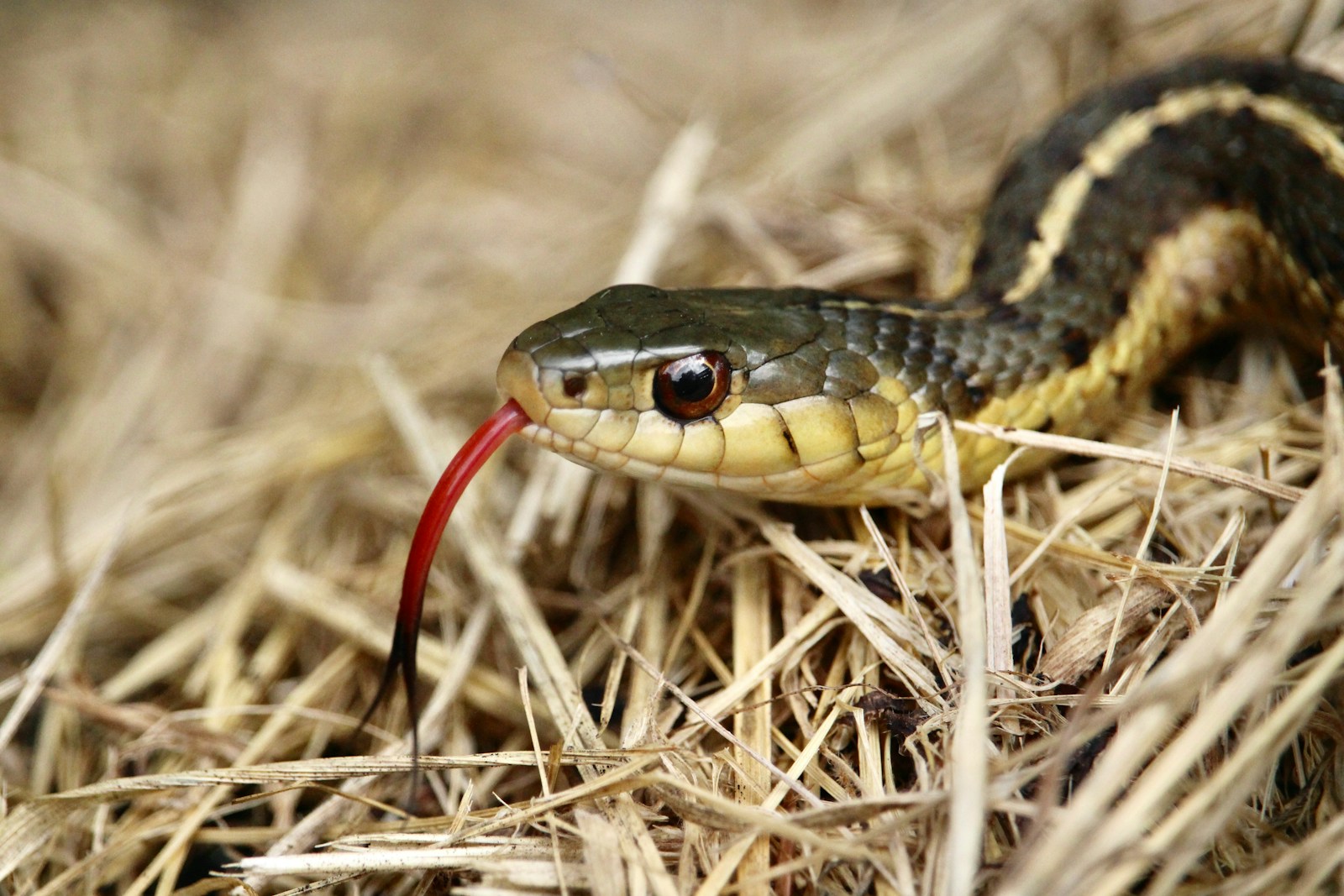
The red-sided garter snake, famous for its massive mating aggregations in Manitoba, Canada, has evolved exceptional cold-hardiness to survive the harsh Canadian winters. These snakes gather by the thousands in limestone sinkholes and crevices, creating the largest congregations of snakes on Earth. Their freeze tolerance allows them to survive winter temperatures that regularly drop below -40°C (-40°F). A fascinating aspect of their adaptation is their “supercooling” ability, where they can maintain their bodily fluids in a liquid state even below freezing temperatures. Their blood contains specialized proteins that inhibit ice crystal formation, preventing cellular damage during freezing. Upon spring emergence, red-sided garter snakes rapidly recover from their winter torpor and immediately engage in mating, making them one of the most cold-adapted reptiles in the world.
The Western Terrestrial Garter Snake (Thamnophis elegans)
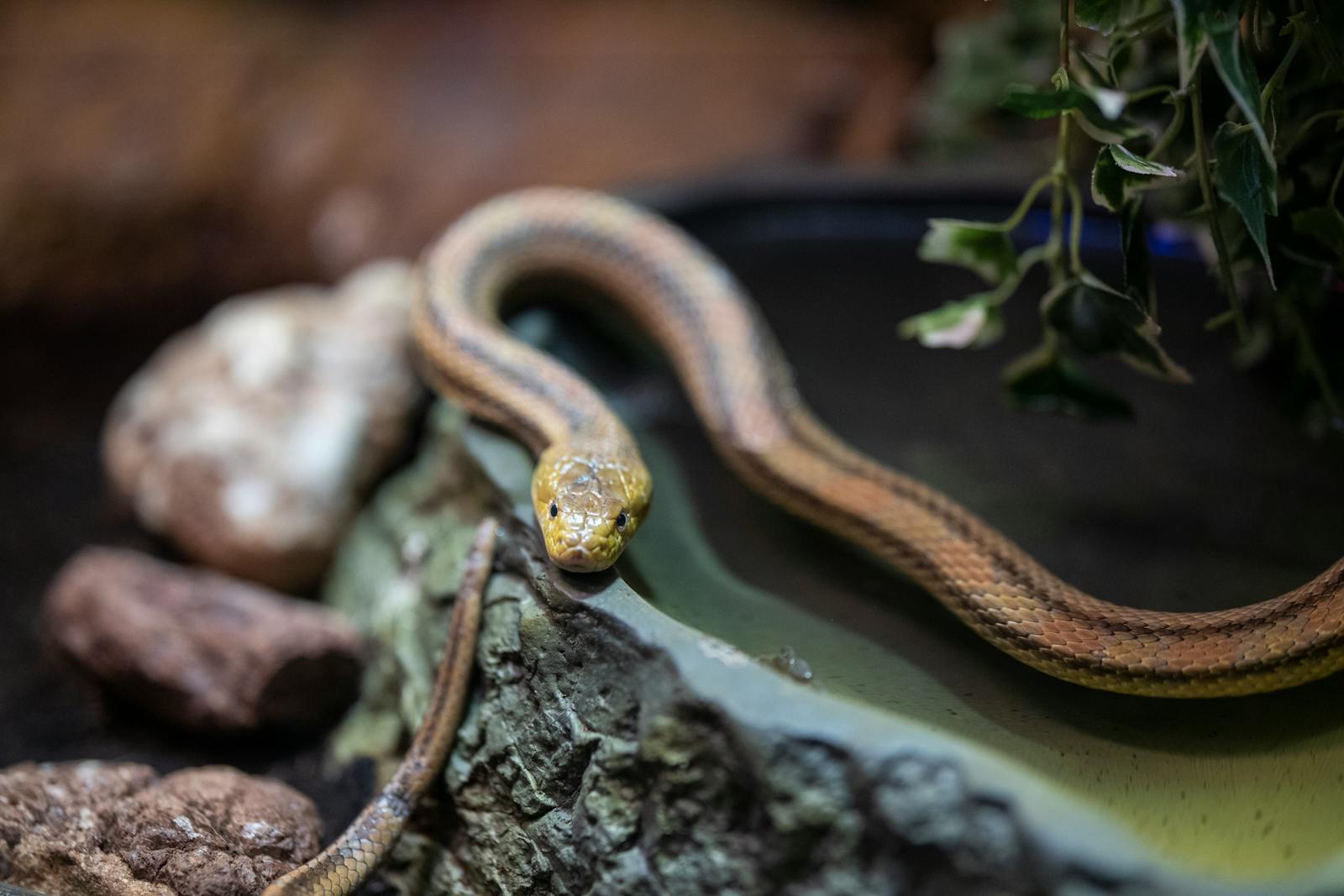
The Western terrestrial garter snake inhabits diverse environments across western North America, including high-elevation regions that experience prolonged freezing temperatures. These adaptable serpents can survive partial freezing through multiple physiological adaptations that work in concert to prevent cellular damage. They produce specialized proteins called “antifreeze proteins” that bind to small ice crystals, preventing them from growing large enough to rupture cell membranes. Additionally, these snakes undergo significant metabolic depression during winter, reducing their energy requirements by up to 70%. The Western terrestrial garter snake has shown remarkable variations in freeze tolerance among different populations, with mountain-dwelling individuals displaying greater cold hardiness than their lowland counterparts. This geographic variation demonstrates how freeze tolerance can evolve differently even within a single species in response to local environmental conditions.
The Plains Garter Snake (Thamnophis radix)

The Plains garter snake has developed impressive freeze tolerance to survive in the open grasslands of central North America, where winter temperatures can fluctuate dramatically. These snakes employ a strategy called “cryoprotective dehydration,” where they naturally dehydrate their bodies before freezing temperatures arrive, reducing the amount of water available to form potentially damaging ice crystals. During hibernation, Plains garter snakes can endure repeated freeze-thaw cycles as temperatures fluctuate throughout winter. Their cells contain high concentrations of urea and glucose, which act as natural cryoprotectants by lowering the freezing point of their bodily fluids. What makes the Plains garter snake particularly resilient is its ability to rapidly rehydrate and resume normal activity when temperatures rise, sometimes becoming active on unusually warm winter days before returning to hibernation when cold returns.
The Butler’s Garter Snake (Thamnophis butleri)

Butler’s garter snake, a smaller member of the garter snake family found primarily in the Great Lakes region, possesses remarkable cold tolerance for its size. These diminutive serpents, rarely exceeding 60 centimeters in length, can survive partial freezing during their winter dormancy period. Their small body size would typically make them more vulnerable to freezing, but they compensate with highly effective cryoprotectant mechanisms. They produce exceptionally high concentrations of glucose and glycerol in their tissues when temperatures approach freezing. During hibernation, Butler’s garter snakes often select microhabitats below the frost line but can survive if caught in freezing conditions nearer the surface. Their freeze tolerance is particularly impressive considering their limited geographic range in areas with harsh winters, suggesting that this adaptation has been critical to their survival in the Upper Midwest of the United States.
The Wandering Garter Snake (Thamnophis elegans vagrans)
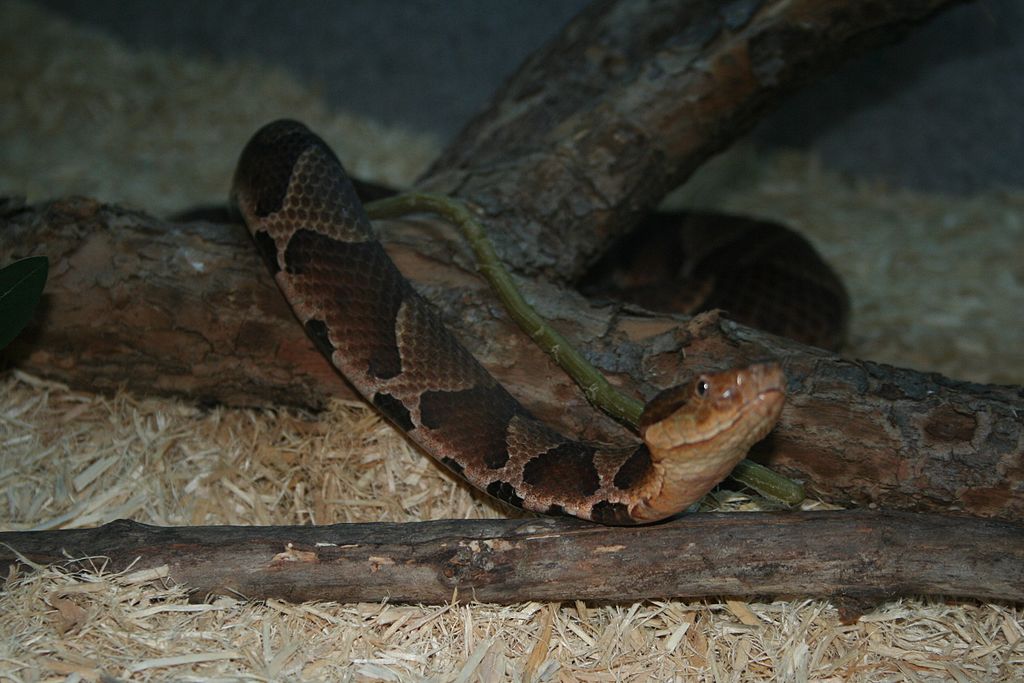
The wandering garter snake, a subspecies of the western terrestrial garter snake, inhabits mountainous regions across western North America where freezing temperatures are common. These hardy reptiles have developed specialized adaptations that allow them to survive at high elevations where sudden temperature drops can occur even during summer months. Their freeze tolerance involves a rapid physiological response that can be triggered within hours of detecting falling temperatures. This includes redirecting blood flow to vital organs, producing cryoprotectant compounds, and entering a state of drastically reduced metabolism. What’s particularly impressive about wandering garter snakes is their ability to maintain some brain activity even when partially frozen, allowing them to respond to environmental cues and predator threats. Their remarkable cold adaptations have enabled them to thrive in alpine environments where few other reptiles can survive.
The Science Behind Freeze Tolerance
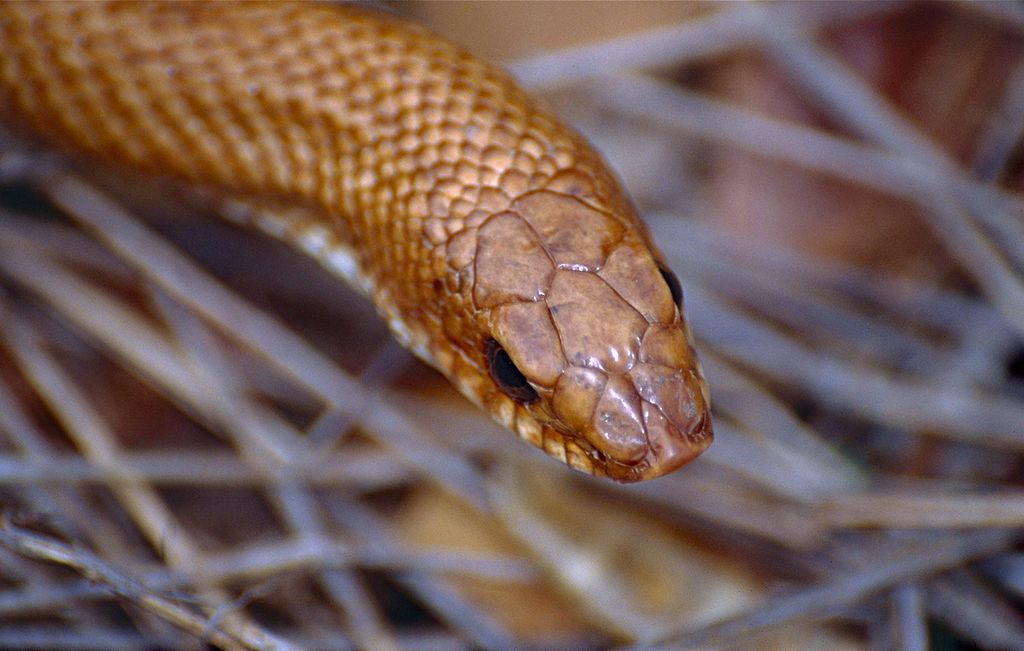
The remarkable ability of certain snake species to survive freezing involves complex biochemical mechanisms that have fascinated researchers for decades. When temperatures drop, freeze-tolerant snakes initiate a cascade of physiological changes, including the production of cryoprotectants like glucose, glycerol, and specialized proteins that prevent ice formation within cells. These compounds effectively lower the freezing point of cellular fluids and stabilize cell membranes and proteins against cold damage. Equally important is the controlled management of ice formation in extracellular spaces, which prevents mechanical damage to tissues while keeping cell interiors unfrozen. The snakes also undergo significant cardiovascular adjustments, with heart rates dropping from dozens of beats per minute to just a few per hour. Most remarkably, these adaptations are reversible, allowing the snake to resume normal function without permanent damage once temperatures rise again.
Limits of Snake Freeze Tolerance
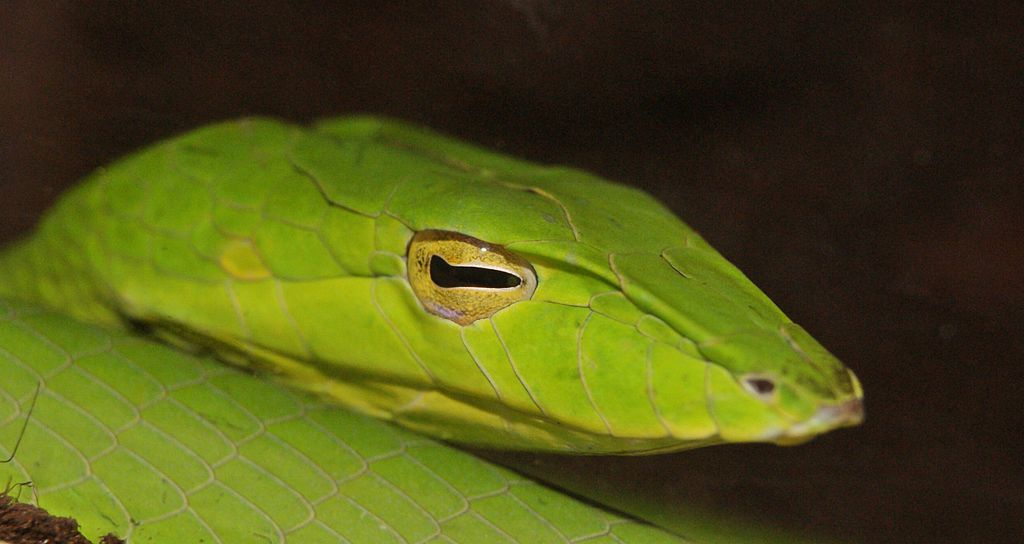
Despite their impressive adaptations, freeze-tolerant snakes still face significant limitations and risks during winter freezing. No snake species can survive complete freezing of all body tissues, as vital organs like the brain require some unfrozen fluid to maintain minimal function. The duration of freezing also presents limitations, with most species only able to survive in a frozen state for days or weeks, not months. Temperature thresholds represent another critical boundary, with most freeze-tolerant snakes unable to survive temperatures below approximately -8°C (17.6°F), regardless of their adaptations. Additionally, repeated freeze-thaw cycles throughout a single winter can deplete energy reserves and cause cumulative stress to tissues. Climate change presents an emerging challenge, as unpredictable winter temperature patterns may force snakes to utilize their freeze-tolerance mechanisms more frequently or for longer periods than they’ve evolved to handle.
Hibernation Strategies and Freeze Avoidance
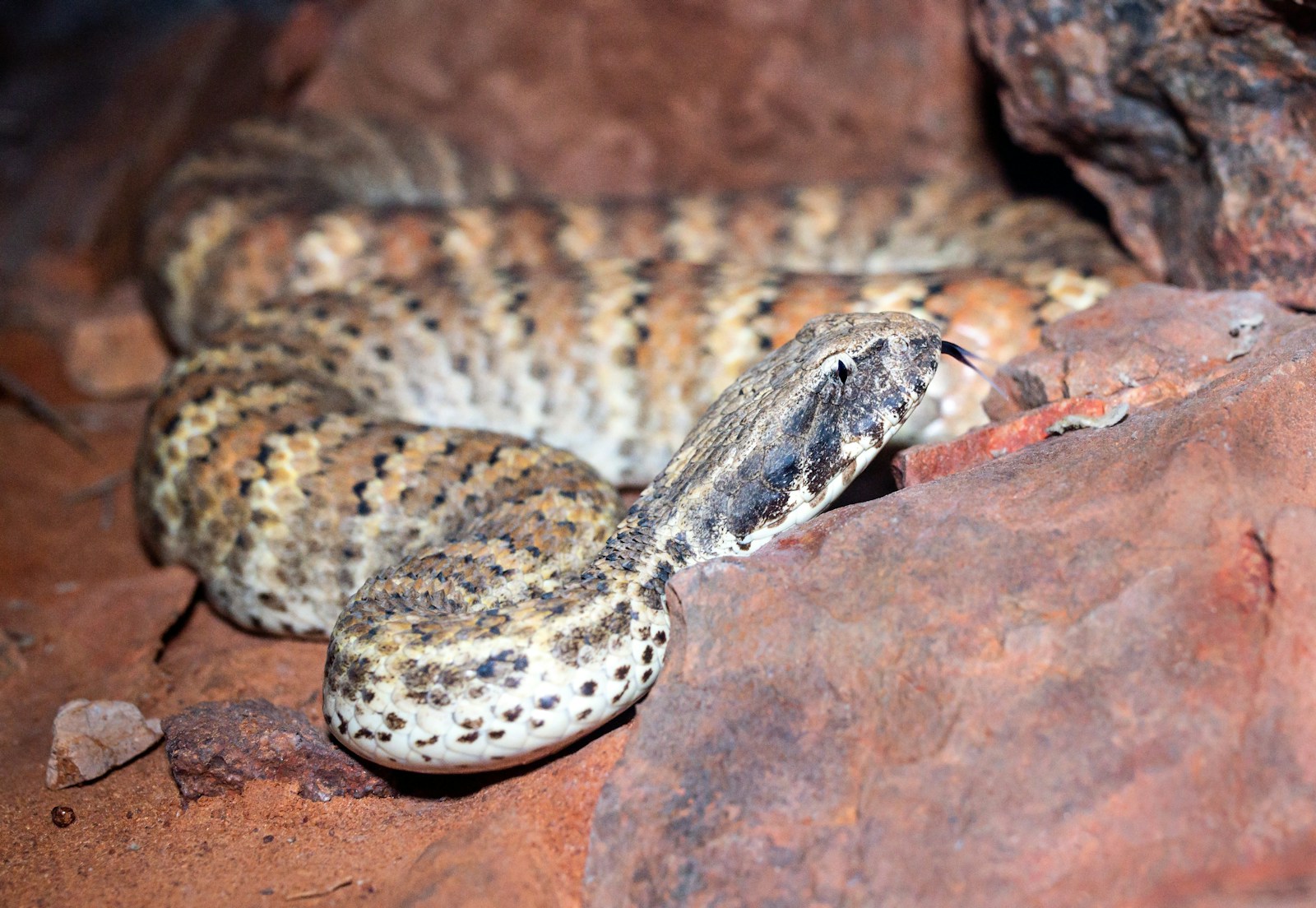
Freeze tolerance represents just one strategy in the broader spectrum of how snakes cope with winter conditions. Most freeze-tolerant species combine this ability with behavioral adaptations to minimize exposure to extreme cold. They typically seek out hibernation sites below the frost line, where temperatures remain more stable and rarely drop below freezing. Many species exhibit communal hibernation, gathering in large numbers in suitable denning sites where collective body heat can moderate temperature fluctuations. Some freeze-tolerant snakes will even hibernate alongside other reptile species, creating diverse winter communities in suitable refuges. Their hibernation sites are carefully selected based on factors including depth, humidity, predator access, and proximity to spring emergence basking sites. This combination of physiological freeze tolerance and behavioral avoidance strategies creates a robust survival approach that has allowed these snake species to thrive in regions with harsh winter conditions.
Evolutionary Development of Freeze Tolerance
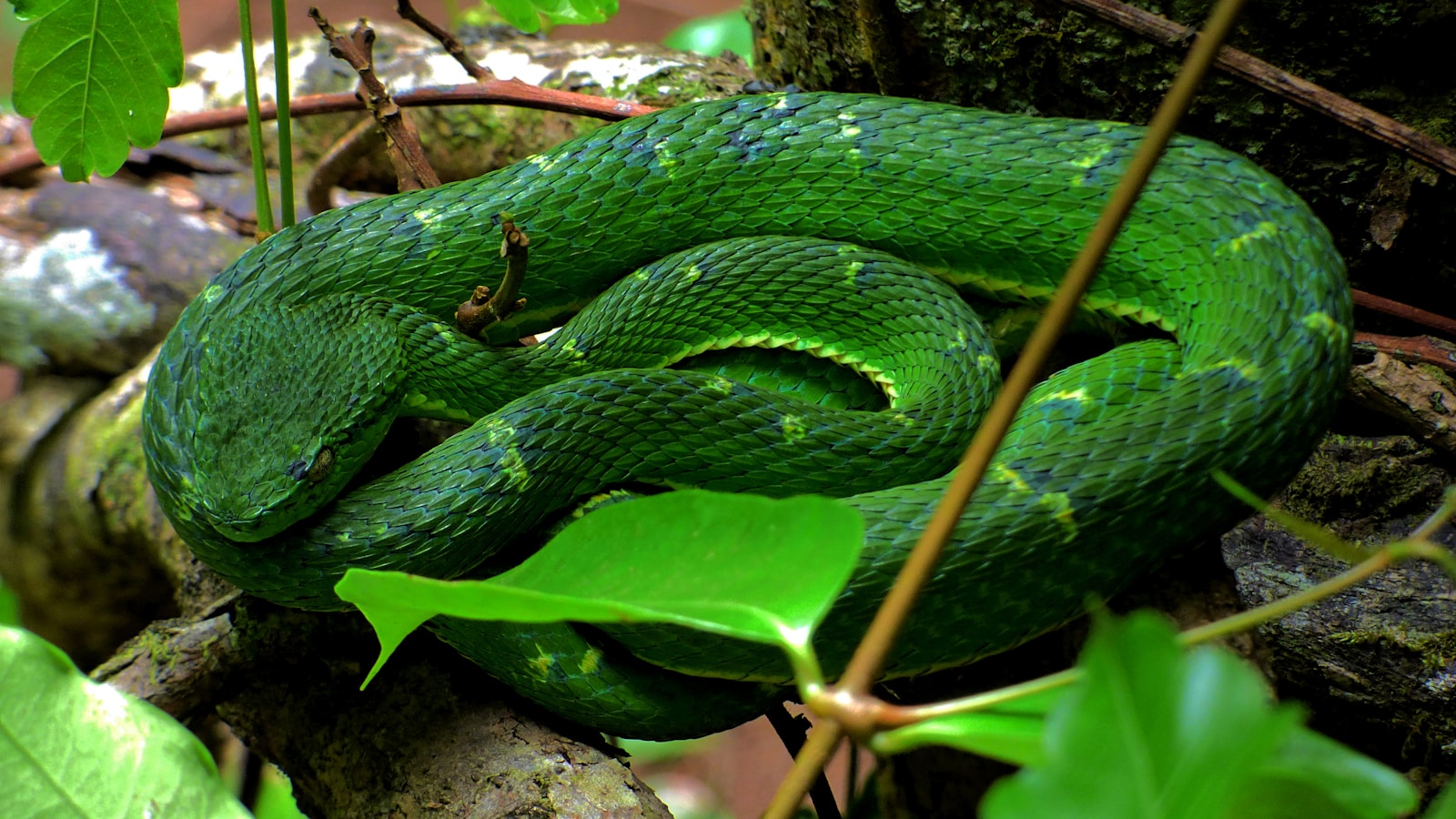
The evolution of freeze tolerance in certain snake species represents a fascinating example of convergent evolution, where similar traits develop independently in response to similar environmental pressures. Genetic studies suggest that freeze tolerance in garter snakes evolved relatively recently in evolutionary time, likely within the last few million years in response to cooling climates during glacial periods. This adaptation appears to have developed independently in several lineages, with different species evolving slightly different biochemical approaches to the same challenge. Interestingly, freeze tolerance in snakes shows some molecular similarities to freeze tolerance mechanisms in certain frogs and insects, suggesting there are limited biological pathways to solve this particular survival challenge. The geographic distribution of freeze-tolerant snake species closely mirrors the historical extent of glaciation in North America, providing further evidence that ice ages played a crucial role in driving the evolution of this remarkable adaptation.
Practical Applications and Biomimicry
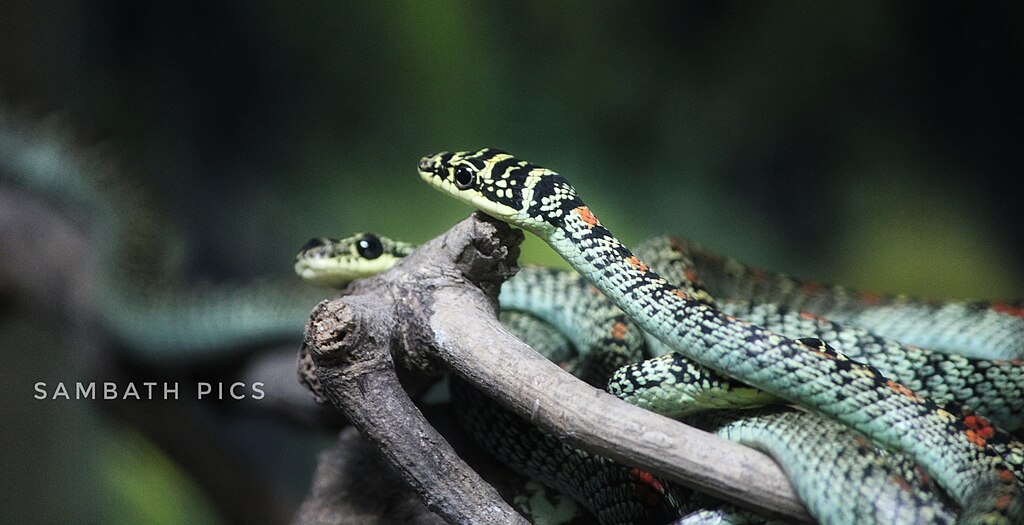
The extraordinary freeze tolerance mechanisms of certain snake species have inspired significant research with practical applications in human medicine and technology. Scientists studying organ transplantation have drawn insights from snake cryoprotectants to develop better preservation solutions that extend the viability of donated organs. Biomedical engineers have examined the antifreeze proteins in snake blood for applications in cryopreservation of human tissues and cells, which could revolutionize long-term storage capabilities. The cellular membrane stabilization techniques that prevent damage during freezing have informed development of new preservation methods for rare genetic materials and endangered species conservation efforts. Even the food industry has incorporated knowledge from snake freeze tolerance research to improve frozen food quality by preventing ice crystal formation that damages texture and taste. As our understanding of these remarkable adaptations deepens, the potential applications continue to expand across numerous scientific and medical fields.
Conservation Implications for Freeze-Tolerant Snakes
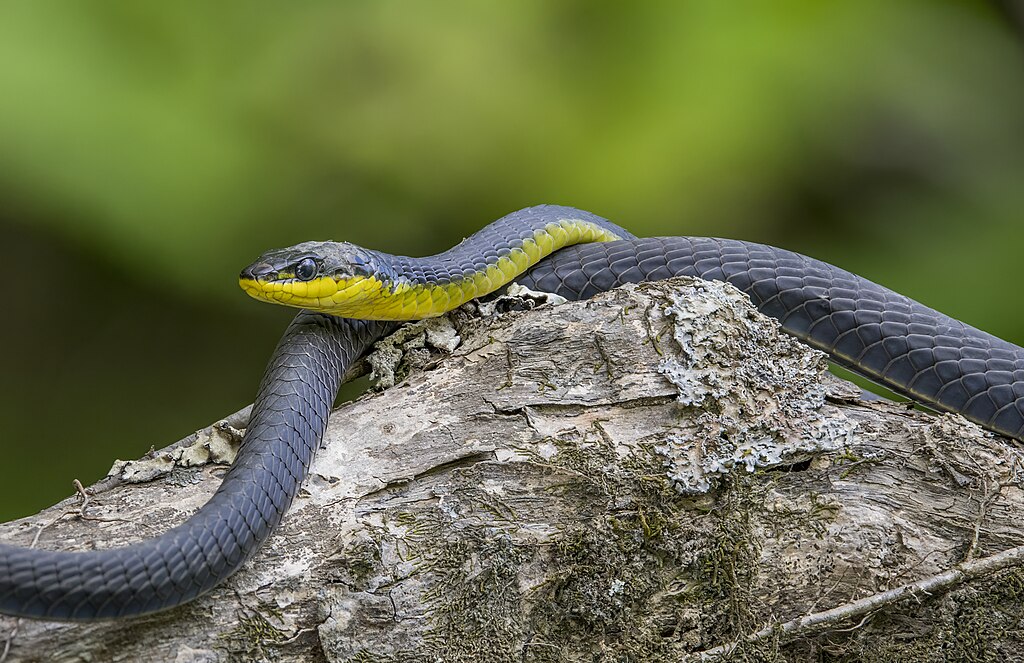
Despite their impressive cold-weather adaptations, freeze-tolerant snake species face mounting conservation challenges in the modern world. Habitat destruction and fragmentation have severely impacted hibernation sites, forcing snakes to utilize suboptimal locations where their freeze tolerance may be pushed beyond natural limits. Climate change presents perhaps the most significant threat, as warming winters with unpredictable freeze-thaw cycles can disrupt hibernation patterns and deplete energy reserves when snakes become active during warm periods only to face sudden freezing again. Road mortality is particularly devastating for these species, especially during spring emergence when they travel from hibernation sites to feeding and breeding grounds. Conservation efforts focus on identifying and protecting critical hibernacula, creating wildlife corridors between seasonal habitats, and implementing road crossing structures in high-risk areas. Public education also plays a vital role, as these remarkable freeze-tolerant species often face persecution due to common snake misconceptions despite their ecological importance and fascinating adaptations.
Conclusion: Nature’s Antifreeze Specialists
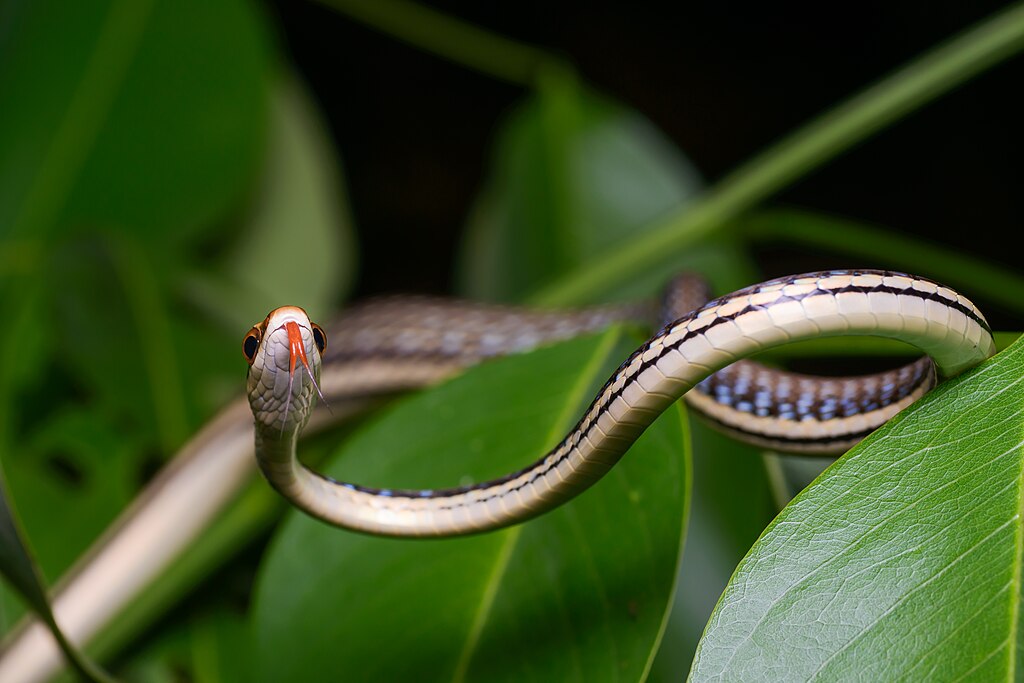
The ability of certain snake species to survive freezing represents one of nature’s most remarkable adaptations to extreme environmental challenges. Through complex biochemical mechanisms, behavioral strategies, and evolutionary innovations, these serpents have found a way to endure conditions that would be lethal to most reptiles. Their freeze tolerance not only showcases the incredible diversity of survival strategies in the natural world but also provides valuable insights for human applications in medicine, conservation, and technology. As climate change continues to alter seasonal patterns across the globe, the future of these freeze-tolerant specialists remains uncertain. Yet their remarkable resilience reminds us of nature’s extraordinary capacity for adaptation and the importance of preserving the delicate balance of ecosystems that support such remarkable creatures. The humble garter snake, often overlooked in discussions of extreme adaptation, stands as a testament to the extraordinary solutions that can evolve when survival depends on enduring the seemingly impossible.





